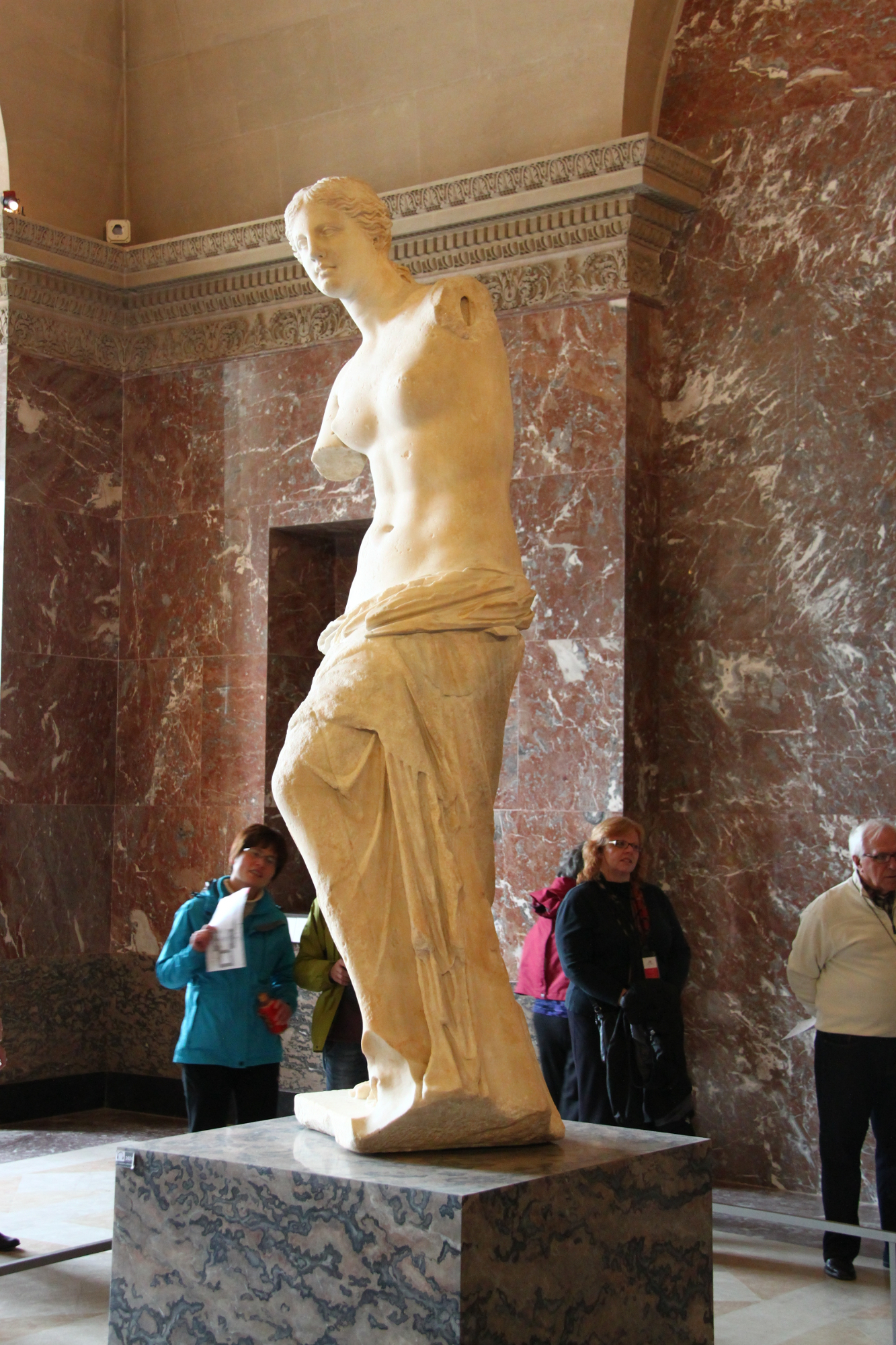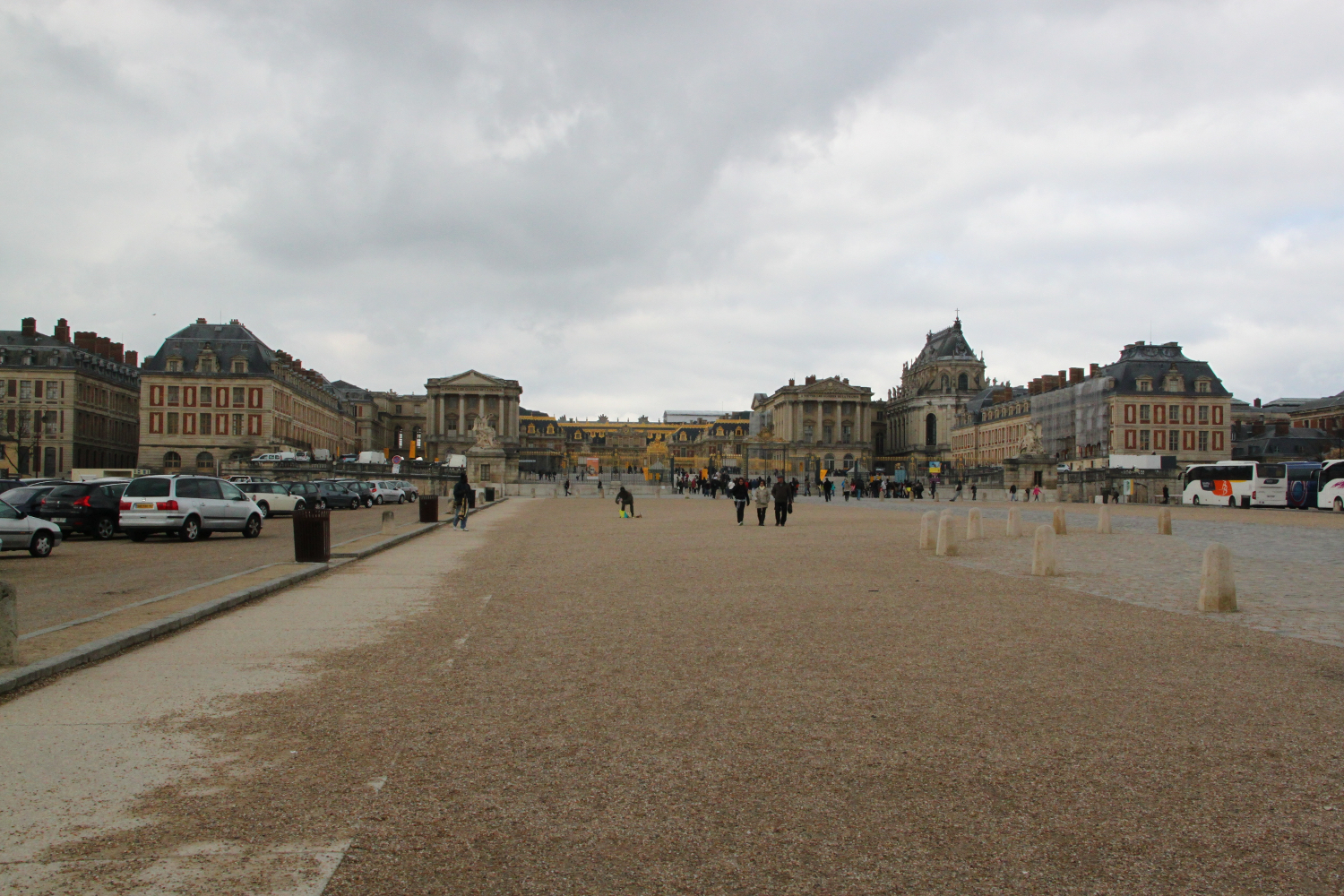Venus de Milo, Louvre Museum
On April 8th, 1820, a peasant named Yorgos Kentrotas discovered inside a buried niche within the ancient city ruins of Melos (Milo in modern Greek) in the south-western Cyclades, the current village of Tripiti, a statue that fascinated people and continues to do so. It is a statue of Aphrodite, the Greek goddess of love. Surprisingly enough, the statue was given the Roman name for the goddess of love – Venus – and it is known worldwide today after this name: Venus de Milo.
If you want to admire it live, you have to go to the Louvre Museum in Paris. I’ll tell you more about this museum in another post (actually I had something different prepared for today here, but being April 8th, I thought dedicating this post to Venus from Milo is the best idea).
I had the chance to be very close to this statue and admire it. It is indeed a lovely and fascinating piece of art. According to the specialists, “Essentially two blocks of marble, it is comprised of several parts which were sculpted separately (bust, legs, left arm and foot) then fixed with vertical pegs, a technique which was fairly common in the Greek world (especially in the Cyclades, where this work was produced around 100 BC).” You can find these details on the museum’s official page.

There are still only assumptions regarding the original position of this statue and even on the goddess it represents. There are several options – like leaning against a pillar for instance – and it was believed to be Venus/Aphrodite due to her half-nakedness and to the statues’ feminine curves.
Since this is a truly famous statue, a symbol in fact, it is impressive to be so close to it.


